Despite tall claims made by the UPA and the NDA dispensations since 2012, a gradual transition to direct cash or benefit transfer of subsidy to the farmers has not been done
The additional provision of Rs 65,000 crore towards fertiliser subsidy (over and above the Rs 71,000 crore allocated in the Budget for 2020-21), that was announced by the Finance Minister under “Stimulus- III” on November 12, will help in clearing all pending dues to the industry. This has led the latter to believe that this is a precursor to a gradual transition to direct cash or benefit transfer (DBT) of subsidy to the farmers. This is illusory, as despite tall claims made by the UPA and the NDA dispensations since 2012, this has not been done. The dominant stumbling blocks are a threat to the viability of high cost units in the public sector, including revival projects viz Sindri, Gorakhpur, Barauni and so on. Plus there is the risk of inviting the farmers’ wrath if subsidy does not reach them in time. Bureaucratic red tape is a third major factor. Till these are addressed, DBT to farmers won’t see the light of the day.
In the Budget for 2012-13, the then UPA Government had announced tracking the movement of fertilisers from retailers to farmers, and linking part of the subsidy payment to manufacturers for sale to farmers by retailers. In the mid-year economic analysis of 2012-13, the Finance Ministry came out with a blueprint on modalities for implementing the Budget announcement. Pilot projects in 10 districts spread over nine States were to be launched, which were to be followed by DBT in these districts from April 1, 2013. Concurrently, the Government planned to track fertilisers movement in the whole country. A pan-India launch was contemplated from April 2014.
Even as the Department of Fertilisers developed the technology platform called e-Fertiliser Monitoring System (e-FMS) to execute the blue-print, the DBT remained on paper. Meanwhile, the NDA Government under Narendra Modi recognised that there was rampant misuse of subsidy. According to the Economic Survey 2015-16, as much as 24 per cent of the subsidy was spent on inefficient producers, 41 per cent was diverted to non-agricultural uses, including smuggling to neighbouring countries, and 24 per cent was consumed by larger, presumably richer farmers. That left a tiny 11 per cent for small and marginal farmers, who alone, according to Modi, should have been the sole beneficiaries of the subsidy. The survey advocated DBT using the Jan Dhan-Aadhaar-Mobile (JAM) platform. In the Budget for 2016-17, the then Finance Minister, Arun Jaitley, made an announcement to this effect followed by the launch of pilot projects for linking subsidy payments to producers with the sale of fertilisers to farmers by retailers in 18 districts spread over 12 States. In March 2018, the scheme was launched across the country.
Under it, the Government has made disbursal of 100 per cent of the subsidy to producers conditional upon actual sales to farmers and these getting registered on point-of-sale (PoS) machines at the dealer’s shop (prior to this, they were getting 95 per cent of subsidy on receipt of material at a district’s railhead point or approved godown and the balance five per cent on confirmation of sales to farmers by States). But this is not DBT as subsidy continues to be routed through manufacturers. Now, just because the Government has cleared all subsidy dues to manufacturers, it gives no clue that this will happen soon. In fact, there are major roadblocks on the way — some explicit and others not so. To understand these, let us look at how the extant system works. The Centre controls the Maximum Retail Price (MRP) of urea at a low level, unrelated to the cost of production and distribution, which is higher. It reimburses the manufacturers for the shortfall as subsidy on a “unit-specific” basis under the New Pricing Scheme (NPS). The current MRP of urea is ridiculously low at Rs 5,360 per tonne even as the cost can vary from about Rs 15,000 per tonne to Rs 25,000 per tonne. Even as all units (31) sell urea at the same price, each one of them gets paid on the basis of its own production cost. Thus, an efficient unit producing at, say Rs 15,000 per tonne, gets a subsidy of Rs 9,640 per tonne whereas another producing at Rs 25,000 per tonne, gets a subsidy of Rs 19,640 per tonne.
In the case of P and K fertilisers, the Government gives “uniform” subsidy on per nutrient basis to all manufacturers under the Nutrient-Based Subsidy (NBS) Scheme. For arriving at the MRP, they are expected to deduct the subsidy amount from the cost. For instance, if a unit produces DAP (dia-ammonium phosphate) at a cost of say Rs 34,000 per tonne and subsidy is Rs 10,000 per tonne, then it will have to fix the MRP at Rs 24,000 per tonne.
Now, if instead of routing through the manufacturers, the subsidy is to be given directly to farmers, the transition in case of P and K fertilisers may not face much of a hurdle. The subsidy of Rs 10,000 per tonne or Rs 500 per bag (50 kg) of DAP can be credited to a farmers’ account even as the manufacturer will sell at the market- based price, say Rs 34,000 per tonne or Rs 1,700 per bag, this being the cost of the most efficient producer (this could also be an average of all units depending on how market dynamics evolve). However, the farmer will have to spend Rs 500 per bag extra at the time of purchase, though he will get back this amount from the Government as subsidy later.
In the urea segment, however, the transition will be tough for manufacturers as well as farmers. For producers, since each one of them will have to sell at the market-based price, all those whose production cost is higher than that of the most efficient producer or the industry average, will either have to perform or wind up. As for the farmer, he will have to spend, at the time of purchase, at least thrice (based on the market price of Rs 15,000 per tonne or Rs 750 per bag) of what he is spending now.
The Government has fears on both counts. On the production front, there are several public sector plants, which fall in the high cost zone and hence risk being chopped under the DBT. Even the revival projects, like Sindri, Gorakhpur and Barauni, on completion (2021) will have a production cost of over Rs 30,000 per tonne. Hence it won’t be viable under the new regime. As for farmers, it risks inviting their wrath if subsidy money does not reach them in time, which is inevitable if the budgetary allocation is inadequate.
There are other roadblocks which are not so explicit. Under the present system of urea being available at a throwaway price of Rs 5,360 per tonne, a mere one-fourth of the cost, dubious operators make a quick buck by diverting it to chemical industries or smuggling it to neighbouring countries. This won’t be possible without the tacit consent of those in the hot seat. Further, urea imports are canalised through State agencies like the Minerals and Metals Trading Corporation (MMTC), State Trading Corporation (STC) and there is a lot to gain for decision-makers. Clearly, there are vested interests in continuing with the status quo.
Unless the above roadblocks are cleared, the transition to DBT will be next to impossible. But this is doable provided Modi sheds his plan of linking development of eastern India with the revival of Sindri, Gorakhpur, Barauni (alternatively, their production cost needs to be cut drastically); pledges to fully fund subsidy requirement (if it can be done for 2020-21, why not every year then); ruthlessly applies his dictum of “naa khaoonga, naa khane doonga (neither will I take bribe nor will I let anyone else take it)”; and does away with bureaucratic red tape by removing all controls, including on urea import. The subsidy may be computed on a per hectare basis and given annually as mooted by the Commission for Agriculture Costs and Prices (CACP). In its Rabi report for the 2021-22 marketing year, it has proposed a subsidy of Rs 5,000 per year to be given in two tranches of Rs 2,500 each in the Kharif and Rabi seasons. This should be given only to the small and marginal farmers, i.e. those with land holdings of less than two hectares. Further, a cultivator must not be denied subsidy merely because s/he does not own the land tilled by her/him.
The Government should garner data on all 140 million farm households and put it on a web portal. This is an absolute must to ensure that no one is left out. At present, there is a void as even under PM Kisan, just about 80 million farmers are receiving the eligible amount of Rs 6,000. Under a business as usual scenario, leaving out 60 million from subsidy payments could be catastrophic.
(The writer is a New Delhi-based policy analyst)







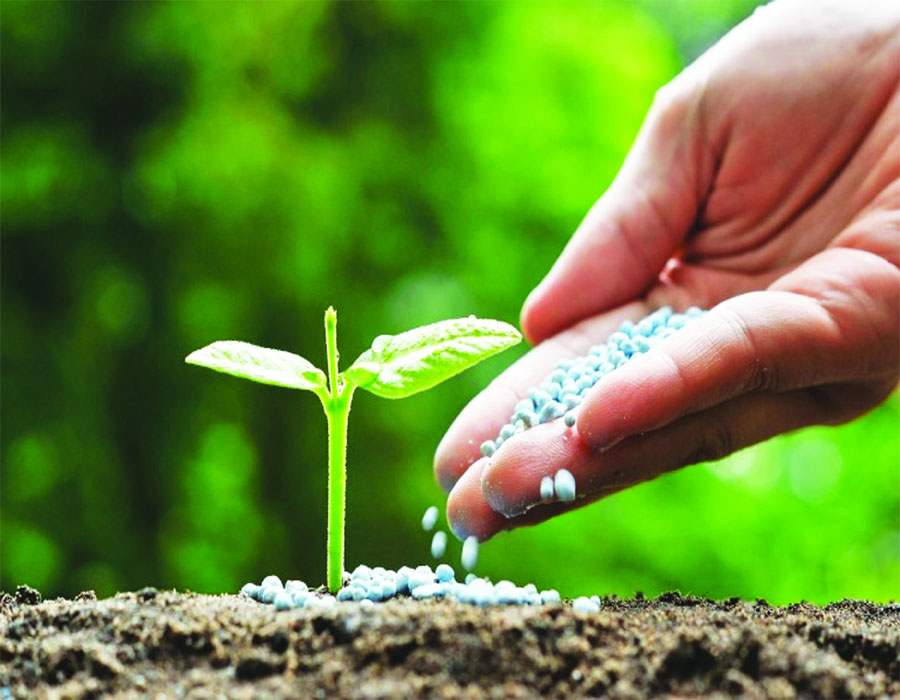
 OpinionExpress.In
OpinionExpress.In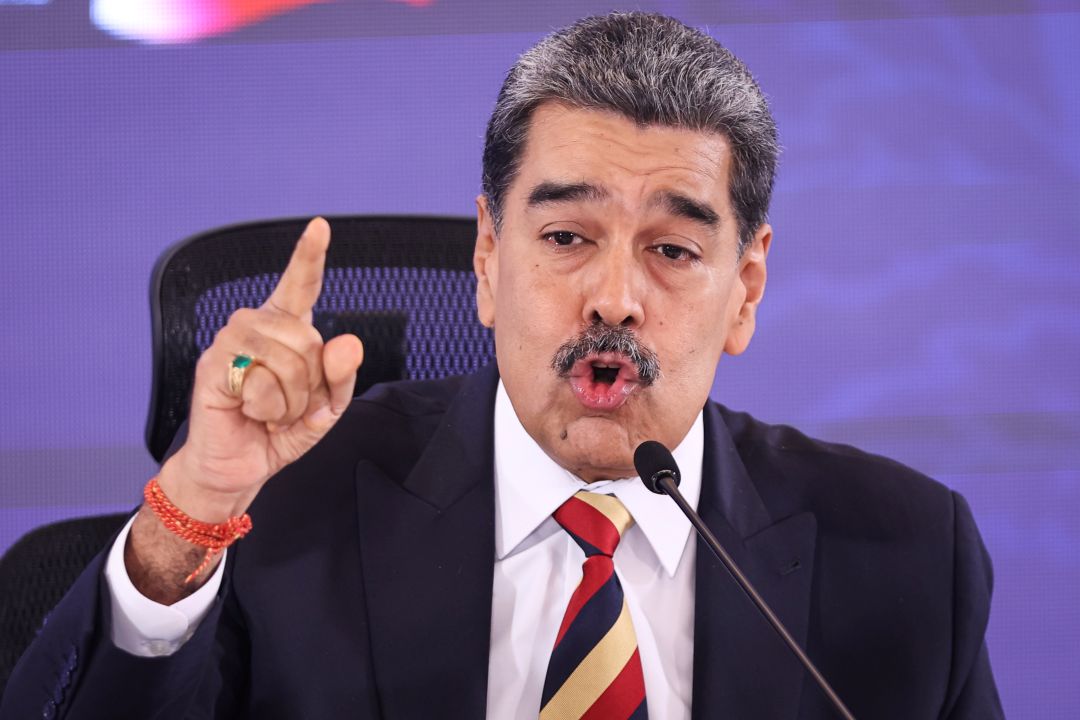

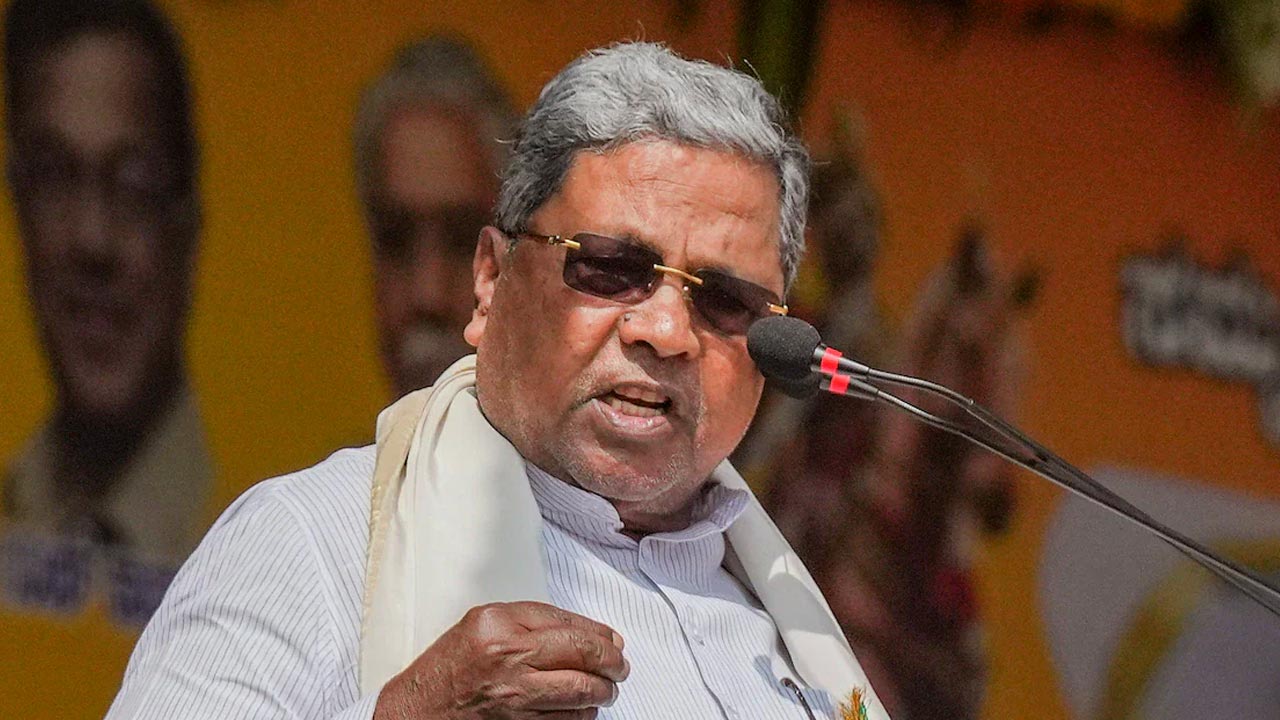
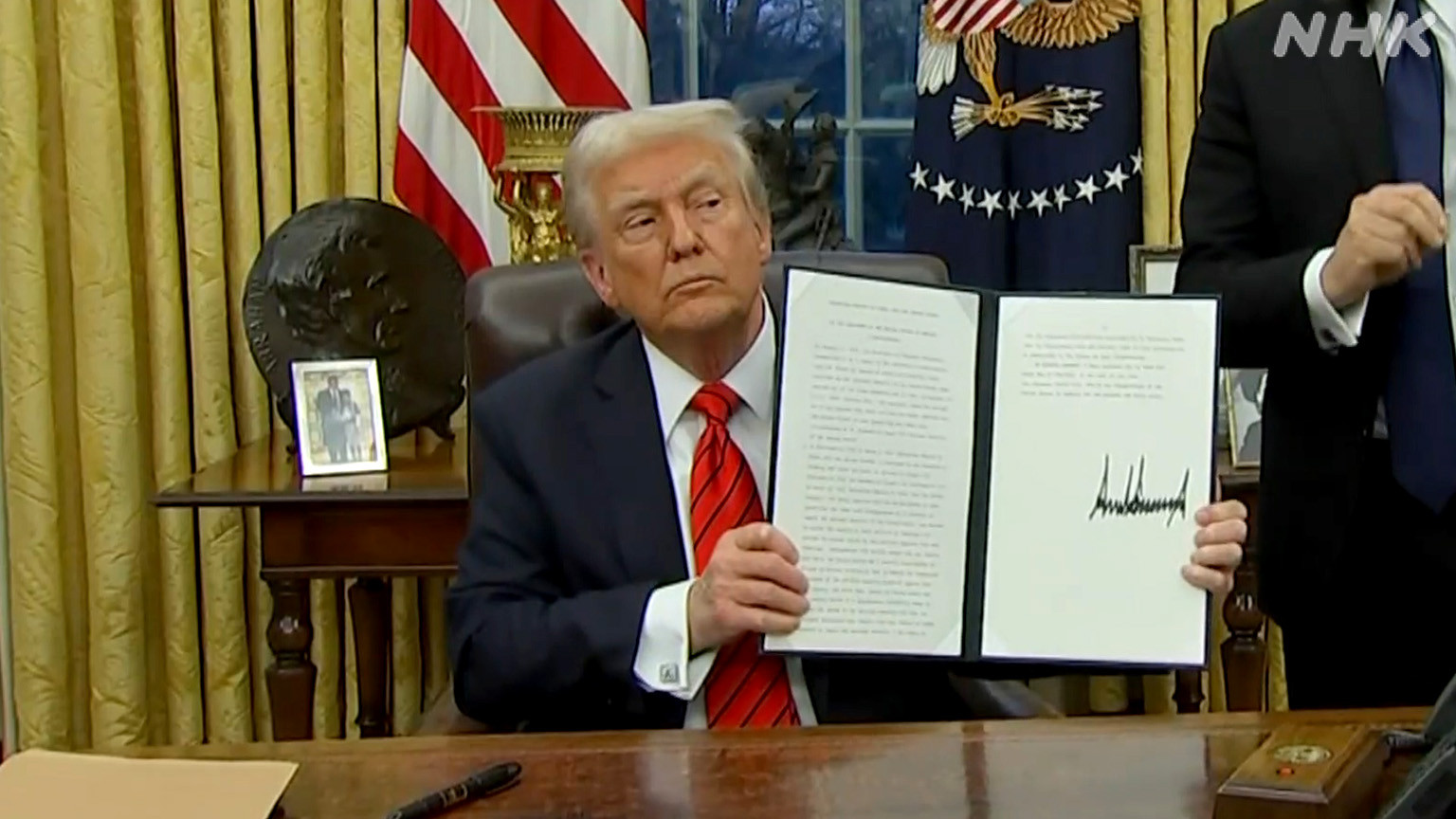
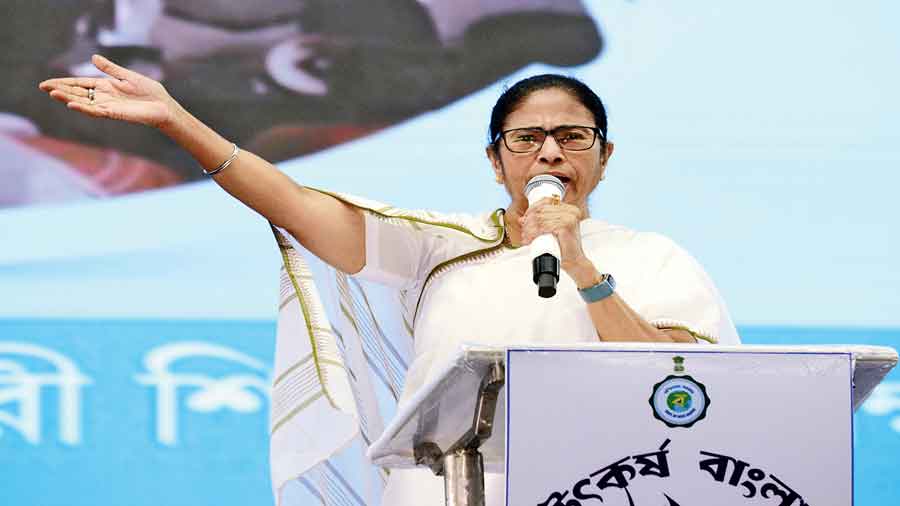
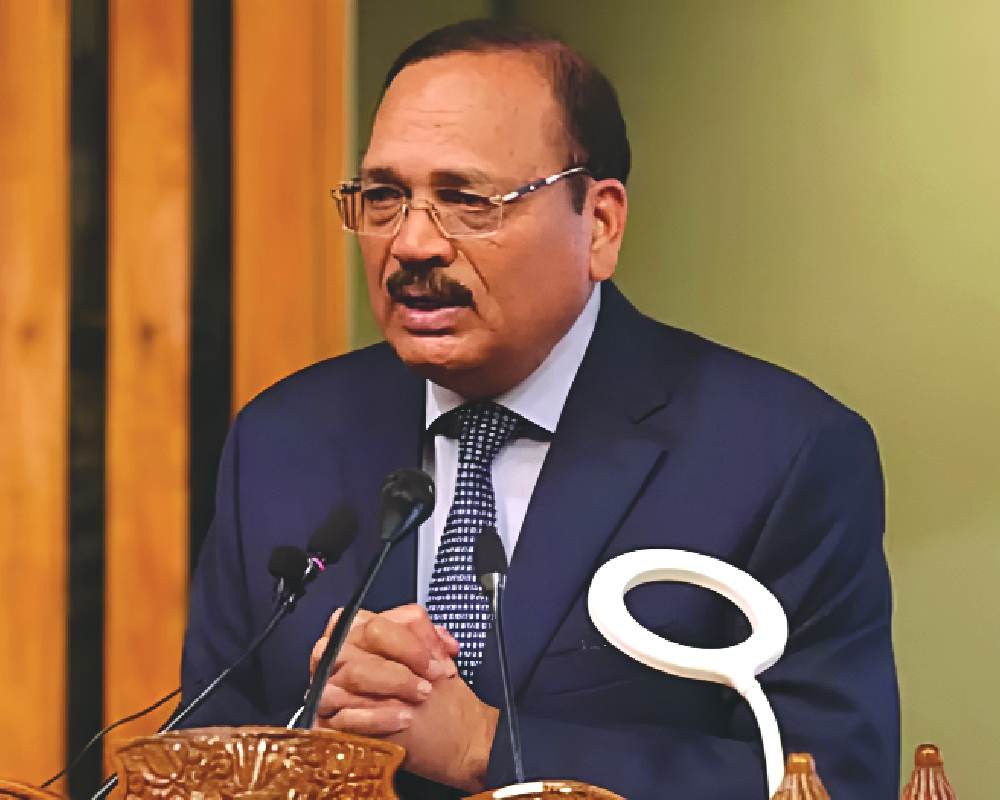
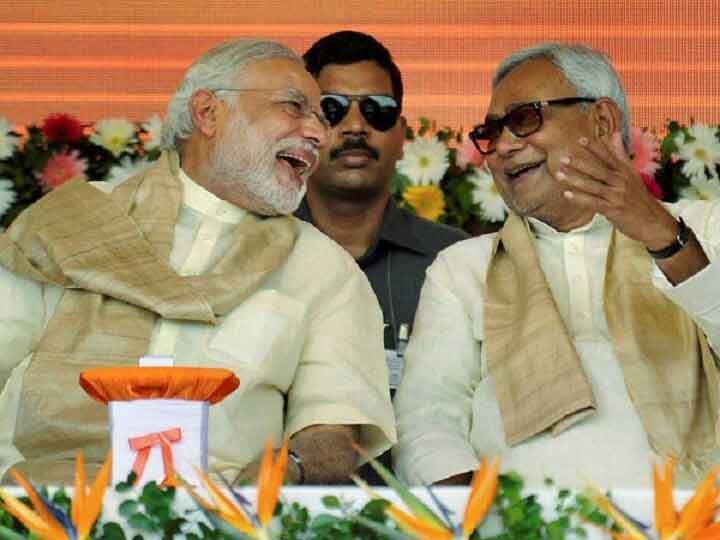
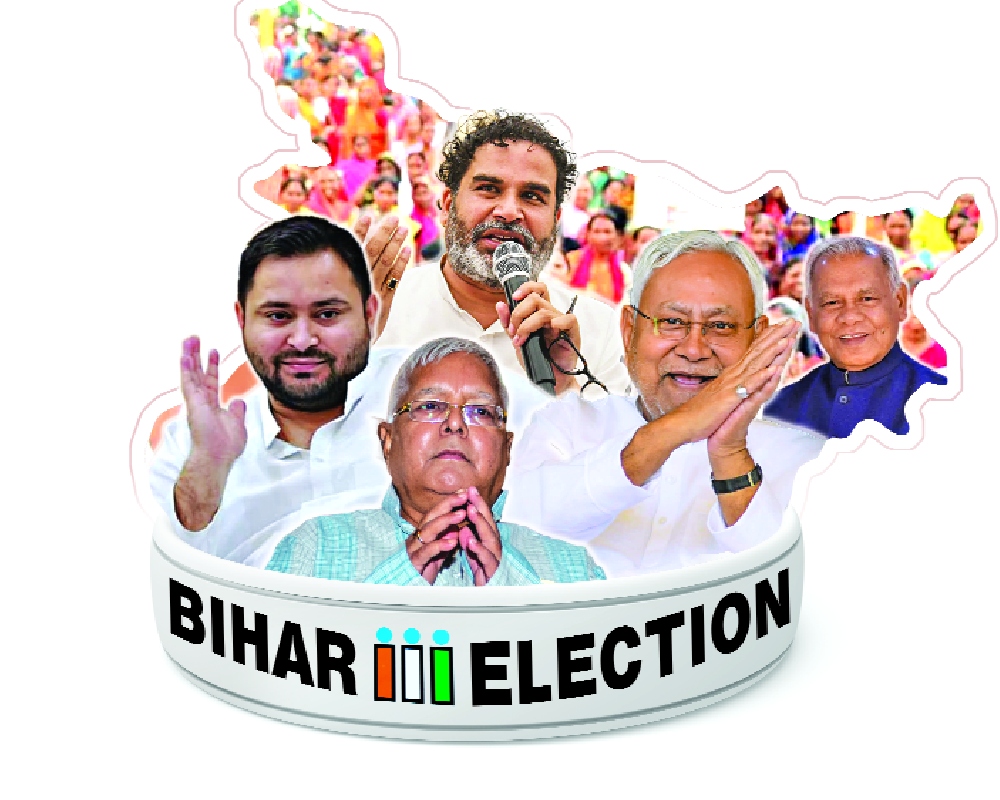
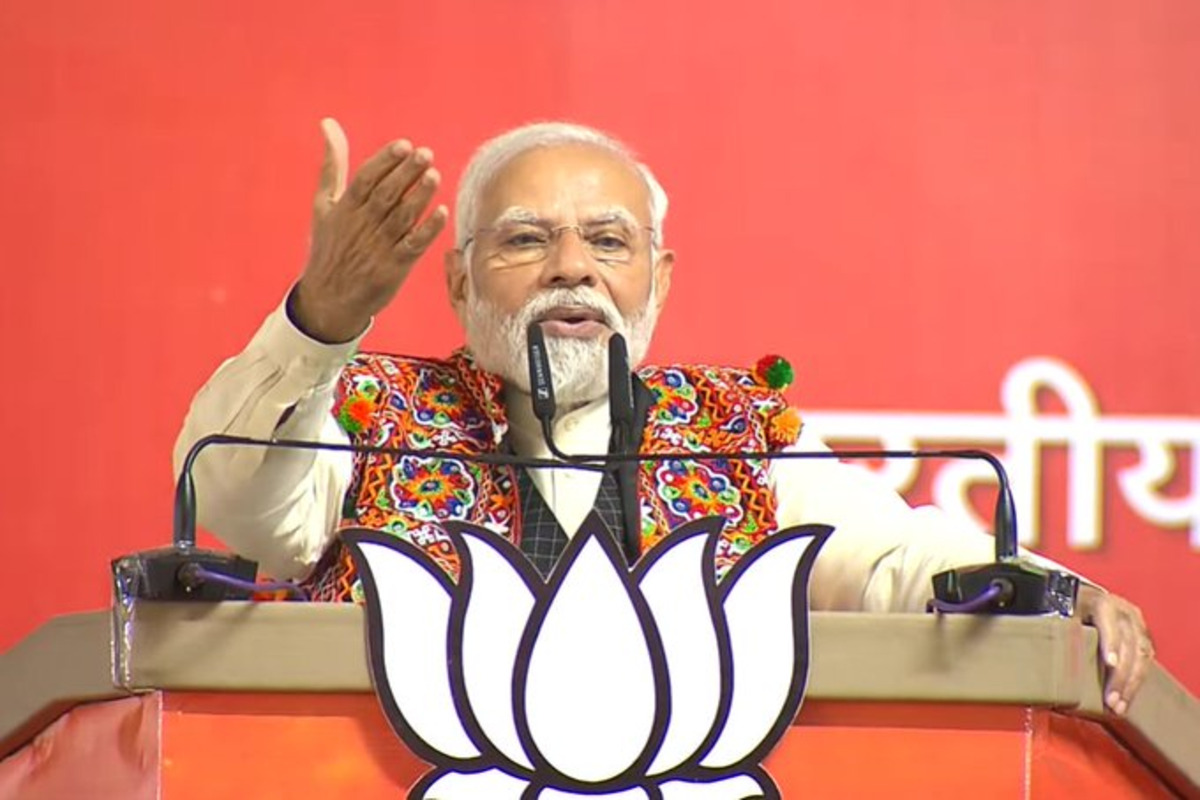







Comments (0)